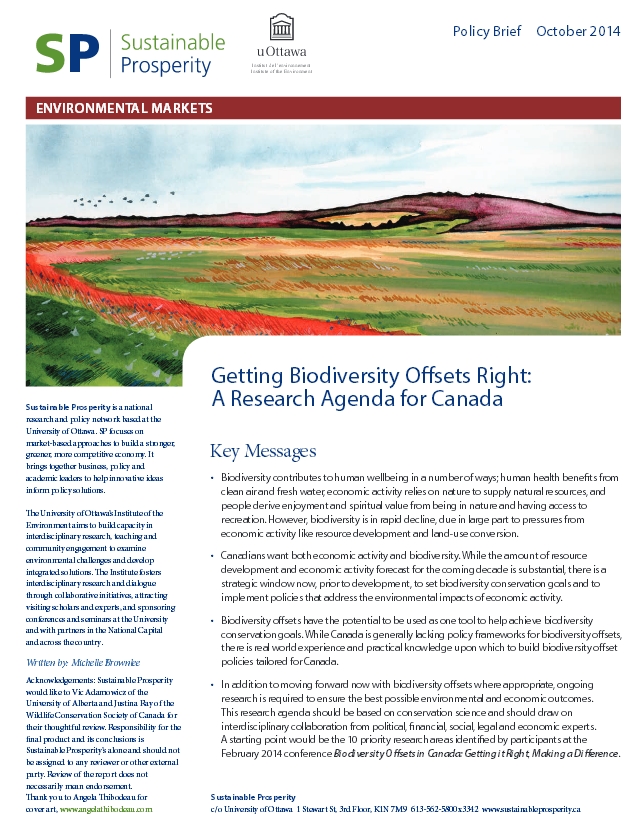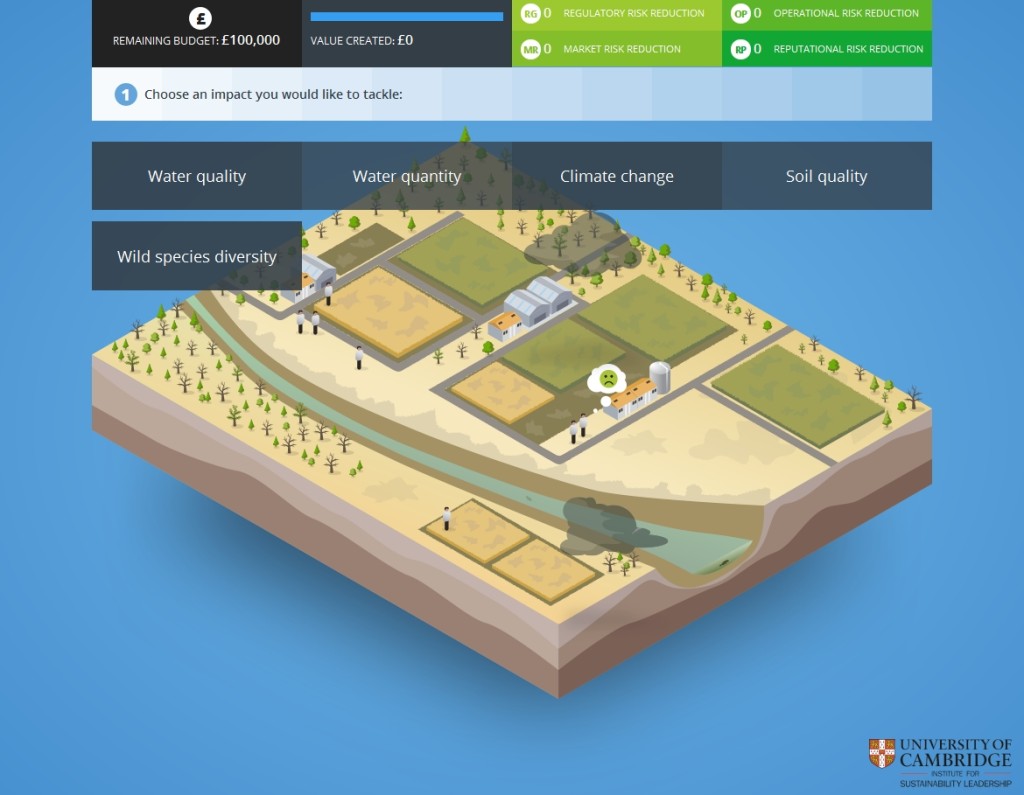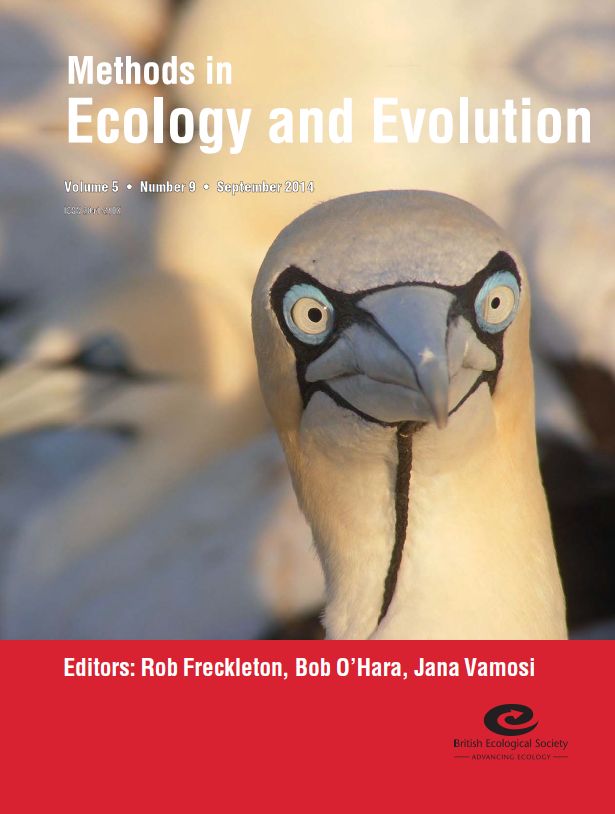About the Biodiversity Offsets Newsweek
If you are interested in environmental compensation and biodiversity offsets, there are certainly good news: there is now a whole bunch of information from different sources,  locations and viewpoints publicly available (something which wasn’t this easy only a couple of years ago). Now, as has been pointed out (see here) the Biodiversity Offsets Blog aims to compile and somewhat structure this information. But there is not only a wealth of sources already out there on the internet, but also new sources are continuously being added. I am following and collecting the news via Scoop.it and cover the most trending ones in posts on the Biodiversity Offsets Blog. Nevertheless, not all news can be covered (at least not yet) and therefore the “Biodiversity Offsets Newsweek” will list up the headlines of the past week, together with the links and PDFs of the articles or news (the latter to prevent to loose information — as we know, that unfortunately every now and then things are being removed from the internet).
locations and viewpoints publicly available (something which wasn’t this easy only a couple of years ago). Now, as has been pointed out (see here) the Biodiversity Offsets Blog aims to compile and somewhat structure this information. But there is not only a wealth of sources already out there on the internet, but also new sources are continuously being added. I am following and collecting the news via Scoop.it and cover the most trending ones in posts on the Biodiversity Offsets Blog. Nevertheless, not all news can be covered (at least not yet) and therefore the “Biodiversity Offsets Newsweek” will list up the headlines of the past week, together with the links and PDFs of the articles or news (the latter to prevent to loose information — as we know, that unfortunately every now and then things are being removed from the internet).
This week: September 1–7, 2014
This week (September 1–7, 2014) is the first issue of the Biodiversity Offsets Newsweek. This week was characterized by two great new studies: the first is an open access article by Ana Villarroya, Ana Cristina Barros and Joseph Kiesecker on Policy Development for Environmental Licensing and Biodiversity Offsets in Latin America, and the second is the PhD on Biodiversity offset markets by Carlos Ferreira. Furthermore, the Biodiversity Offsets Policy for Major Projects and Framework for Biodiversity Assessment have been launched in the state of New South Wales, Australia. Another interesting find is a project to assess the success of habitat compensation/mitigation schemes by the UK-based Royal Society for the Protection of Birds (RSPB).
Continue reading →
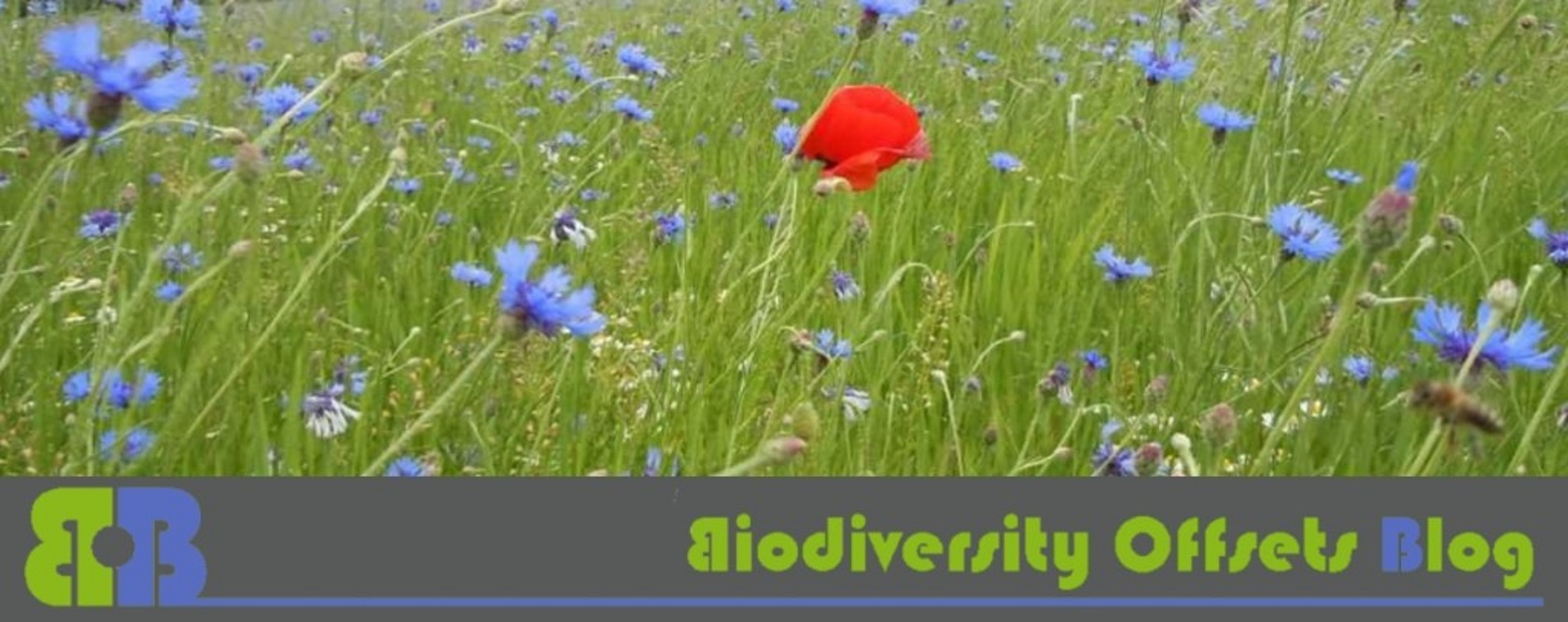
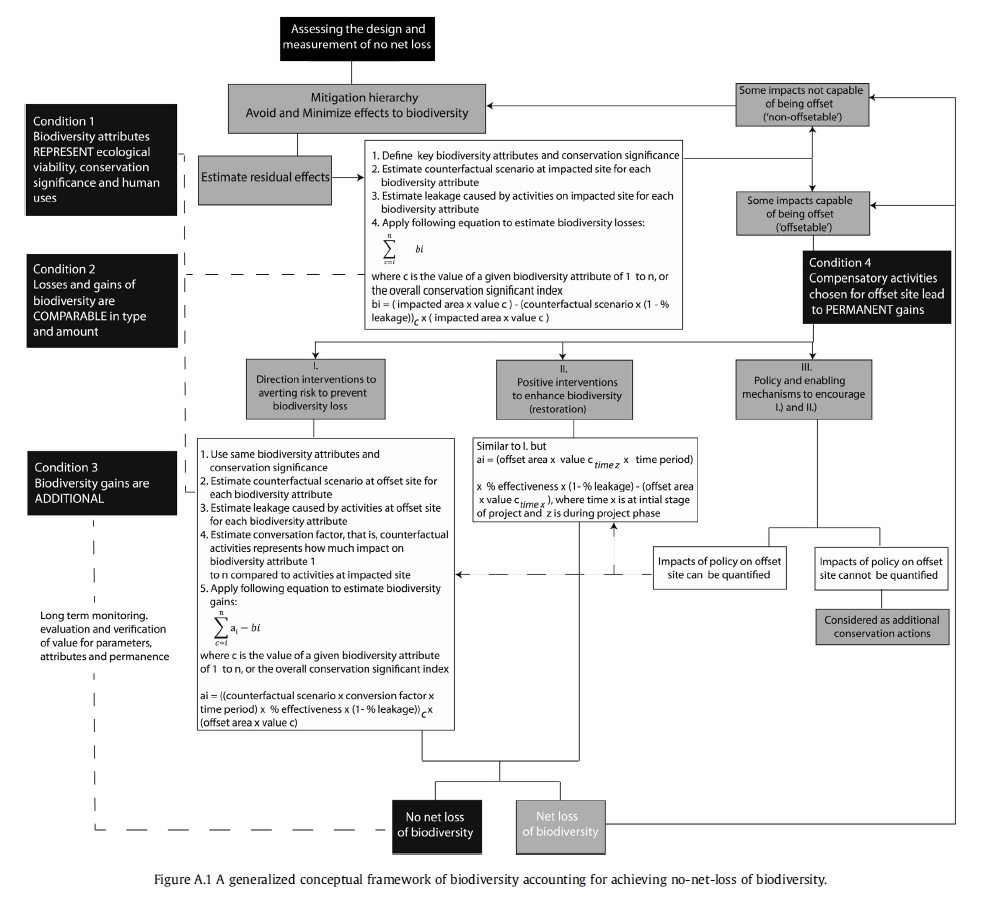
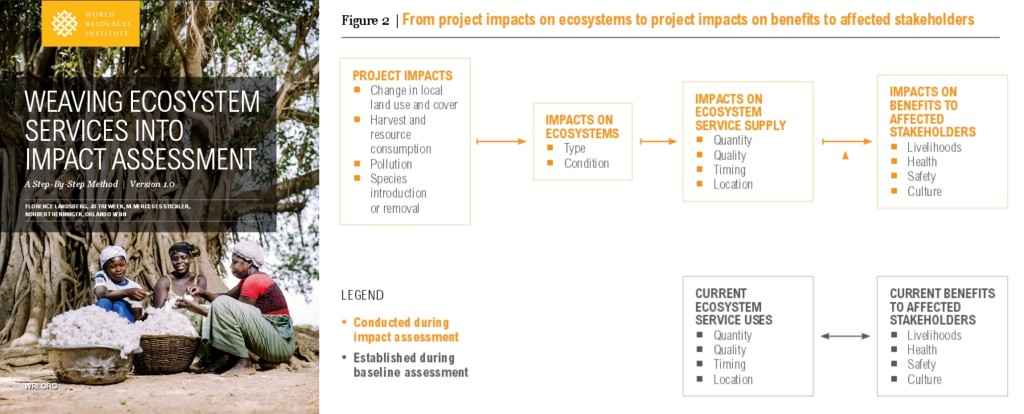
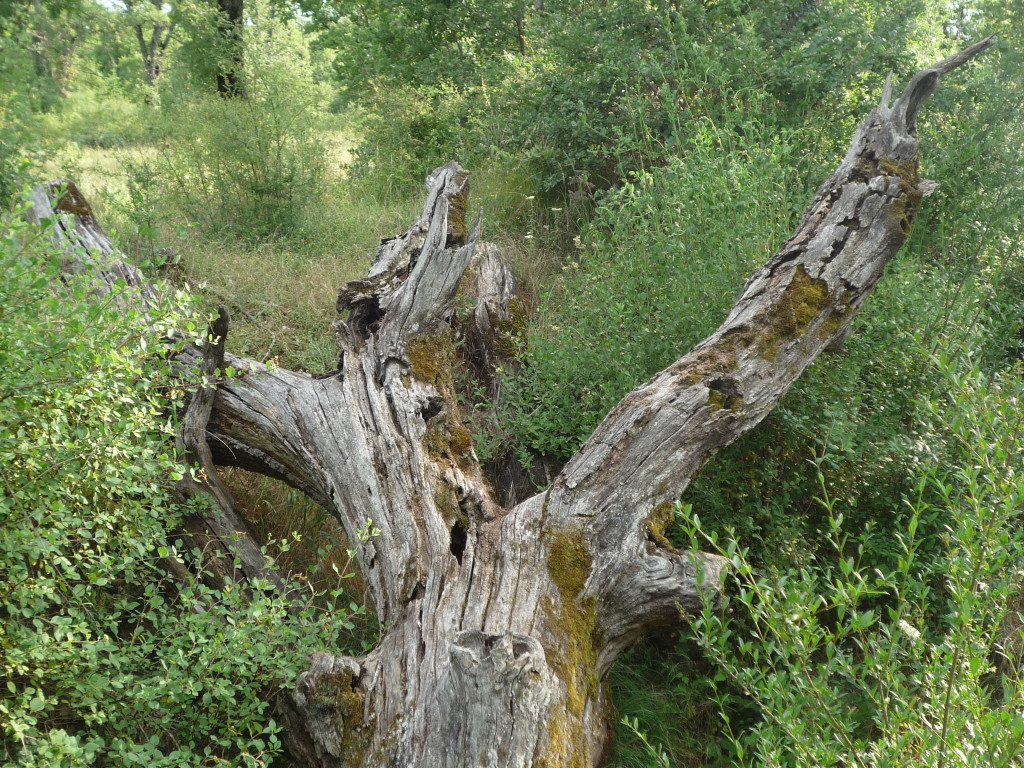
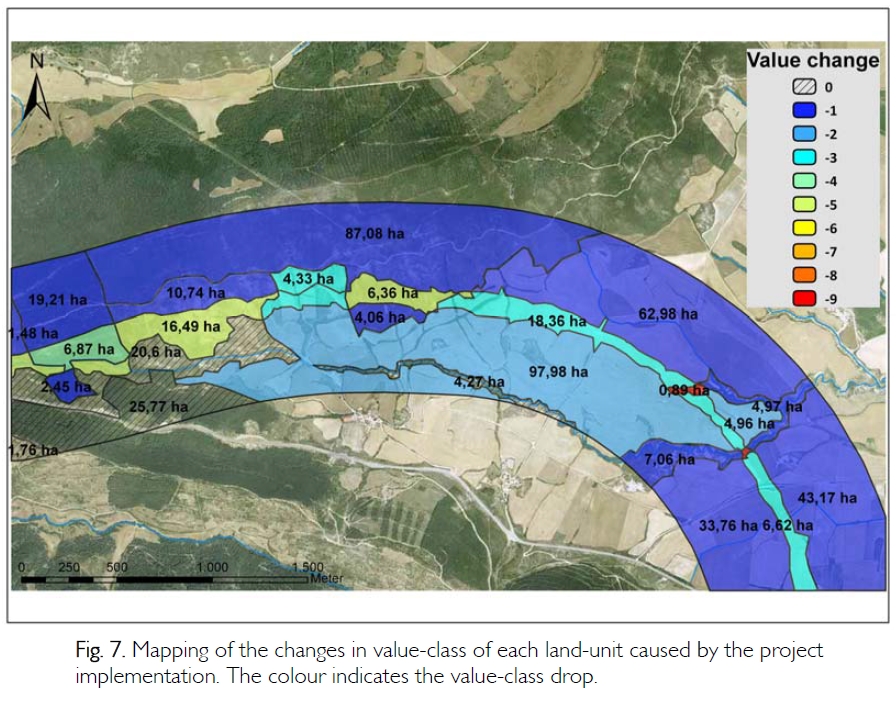
 locations and viewpoints publicly available (something which wasn’t this easy only a couple of years ago). Now, as has been pointed out (see
locations and viewpoints publicly available (something which wasn’t this easy only a couple of years ago). Now, as has been pointed out (see 